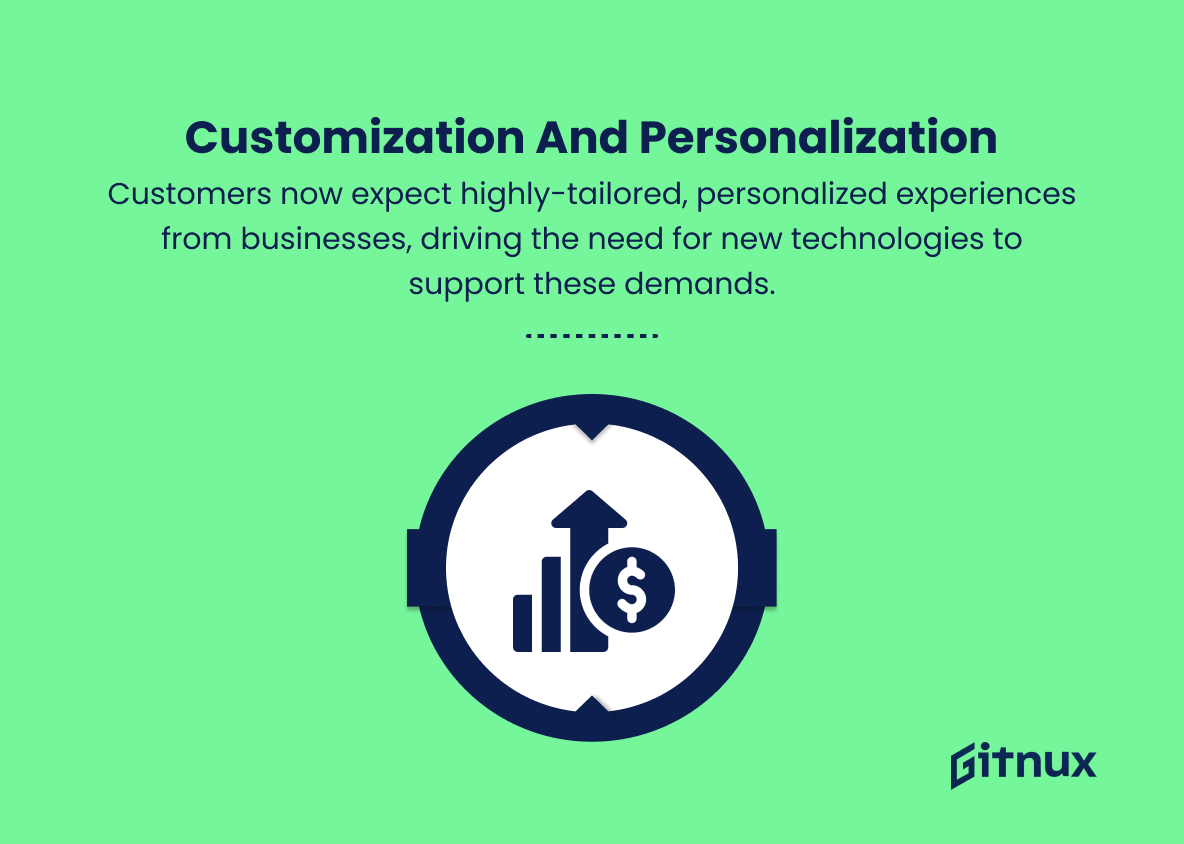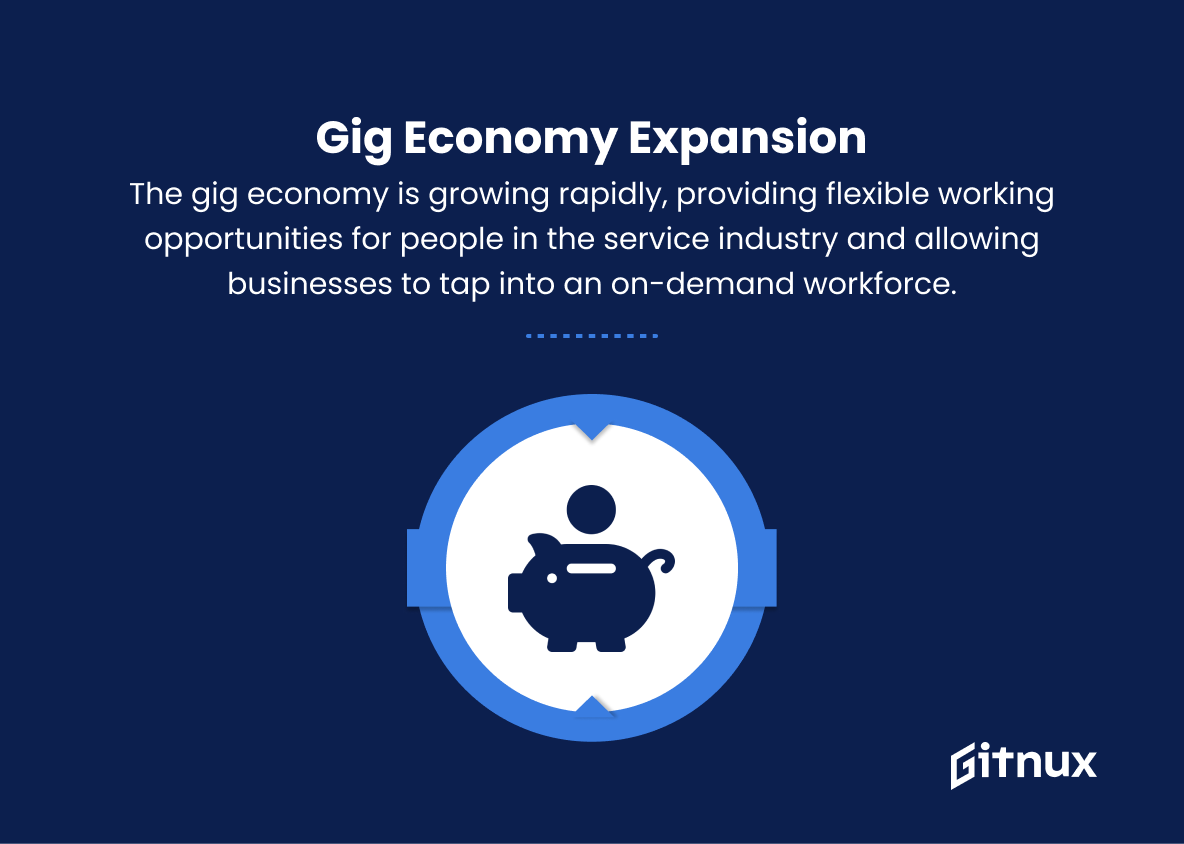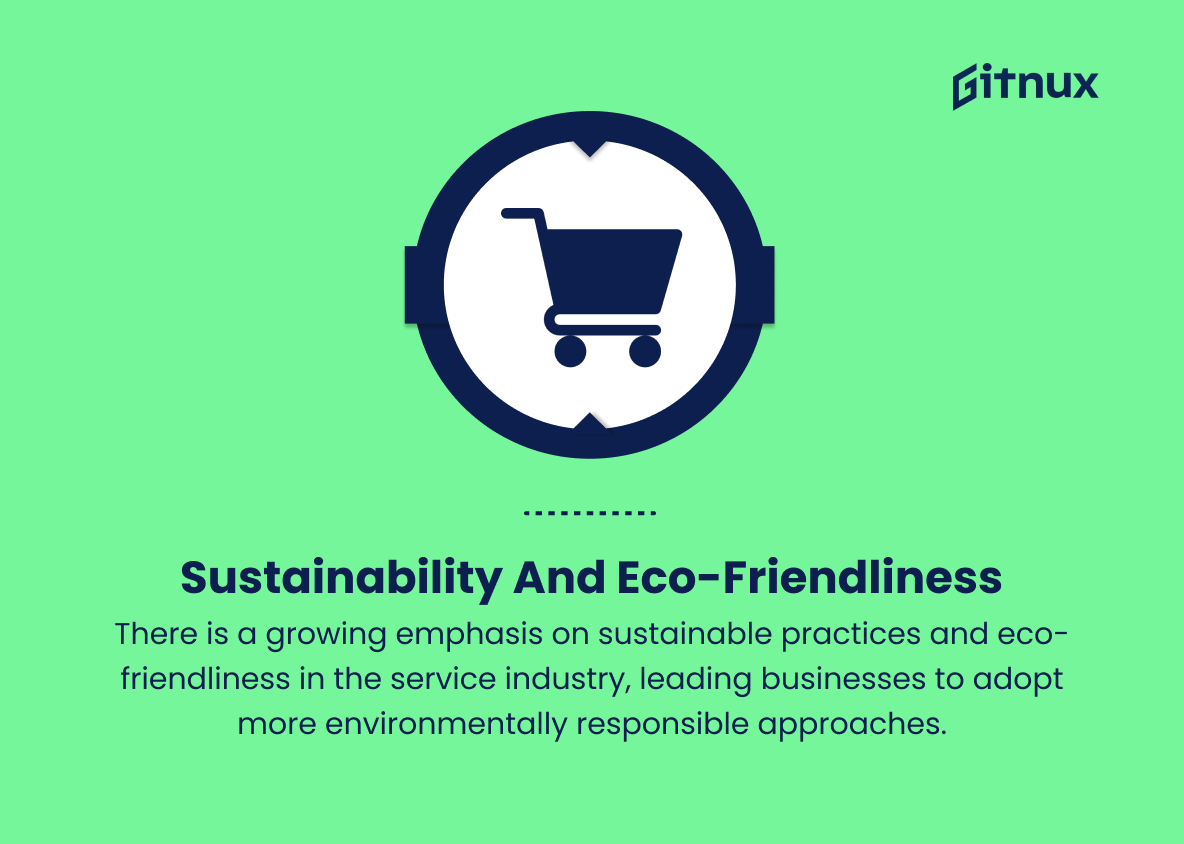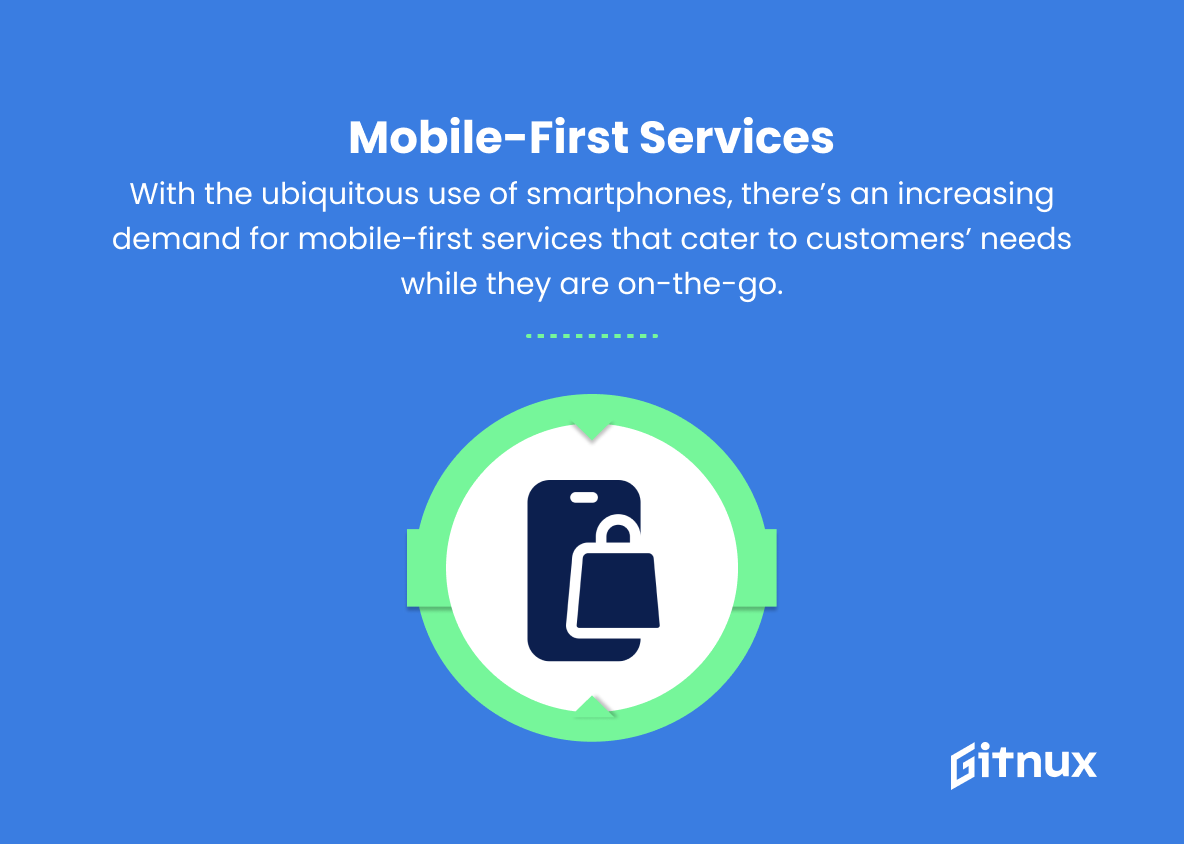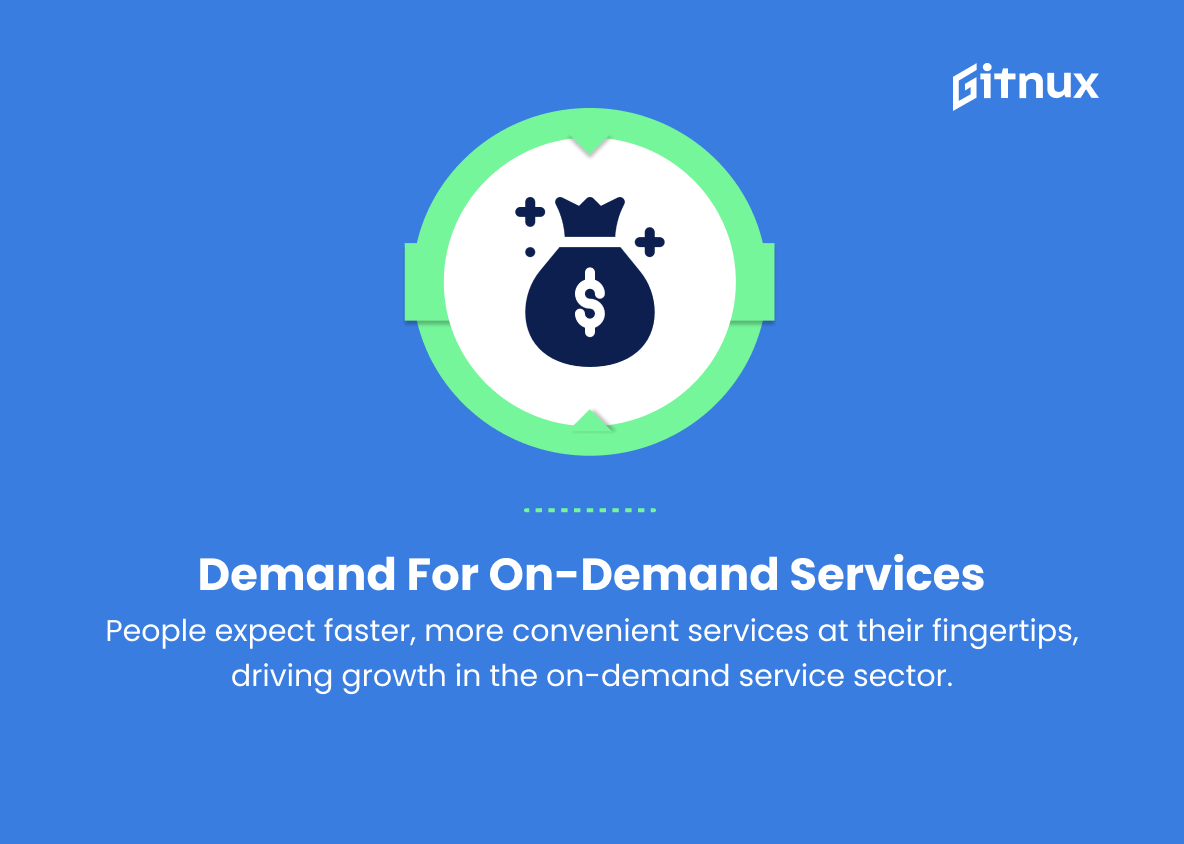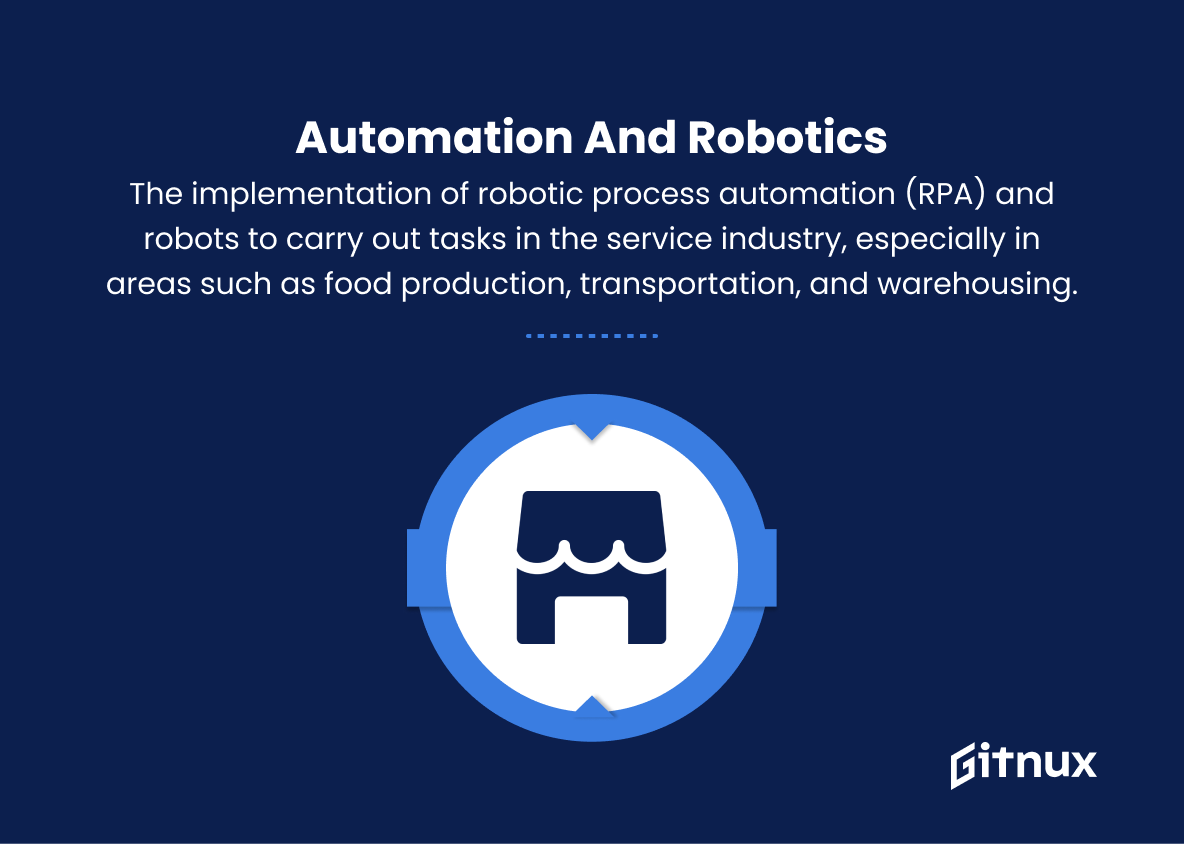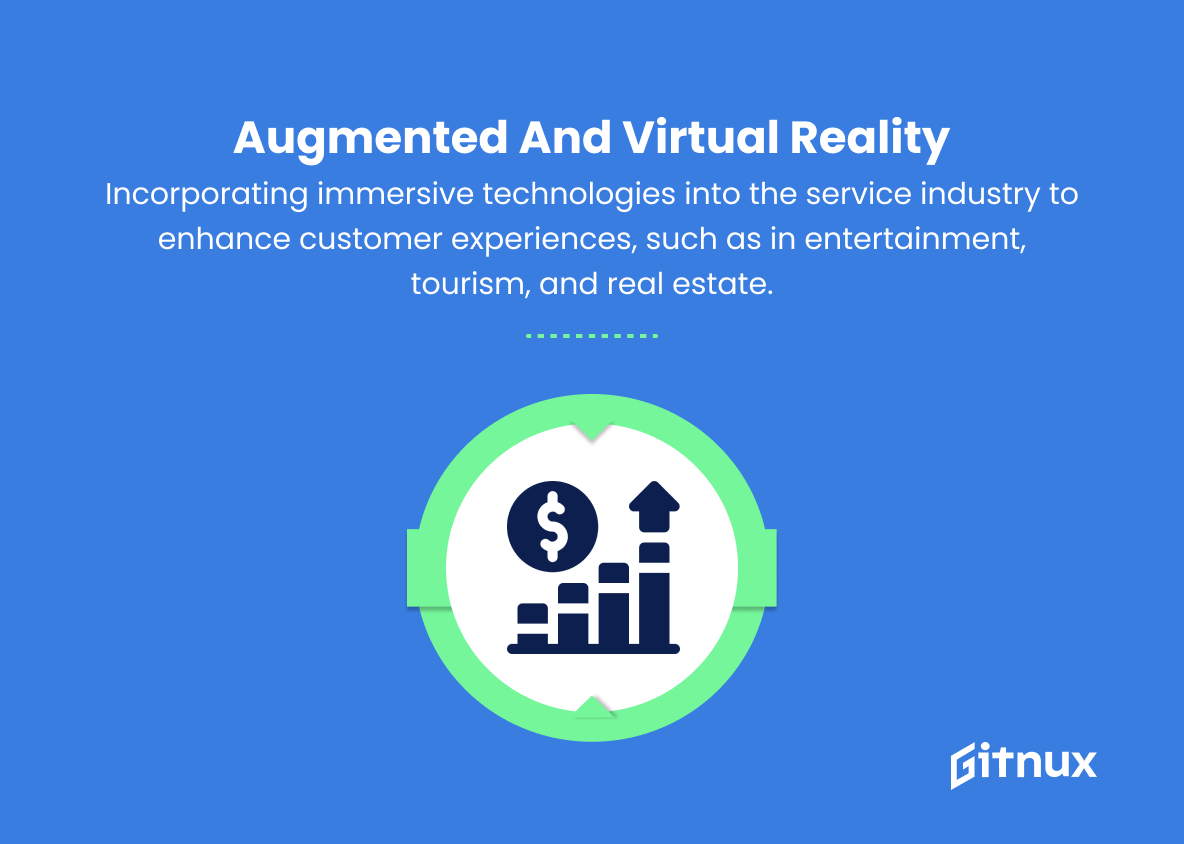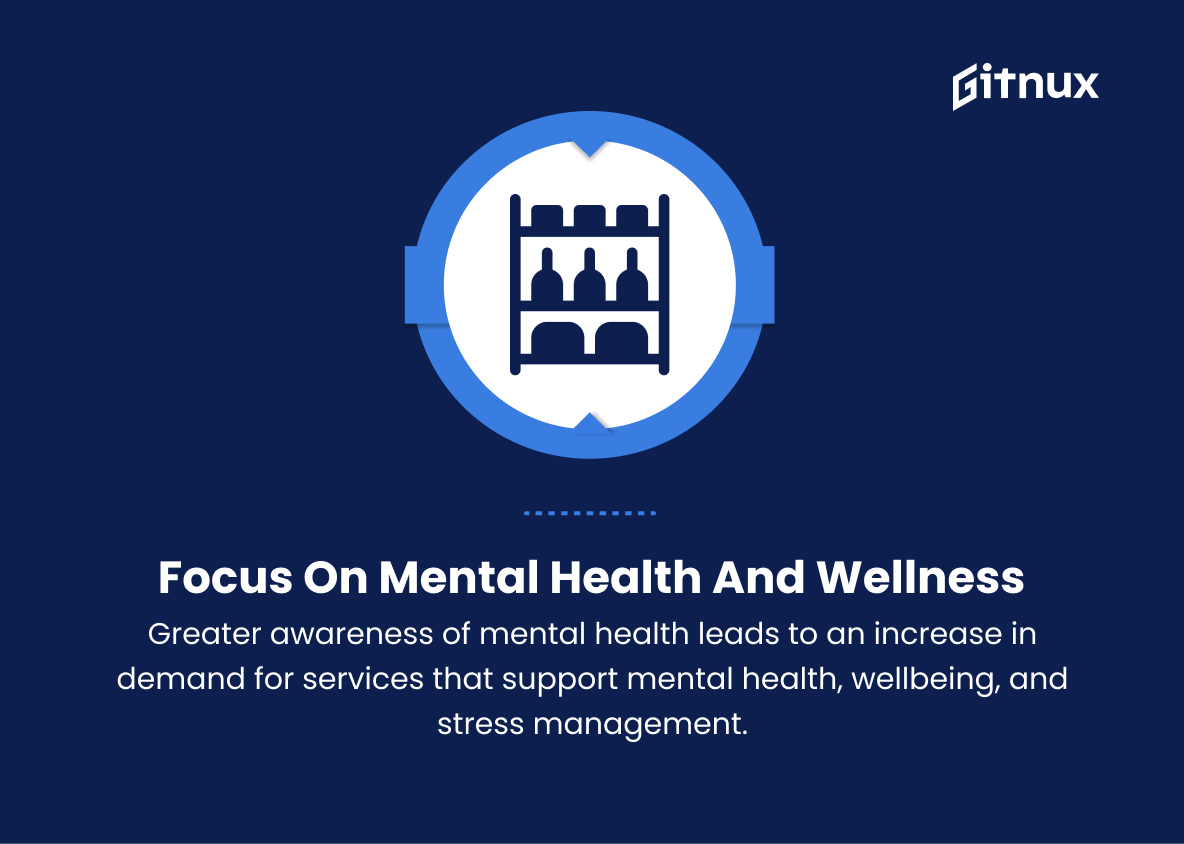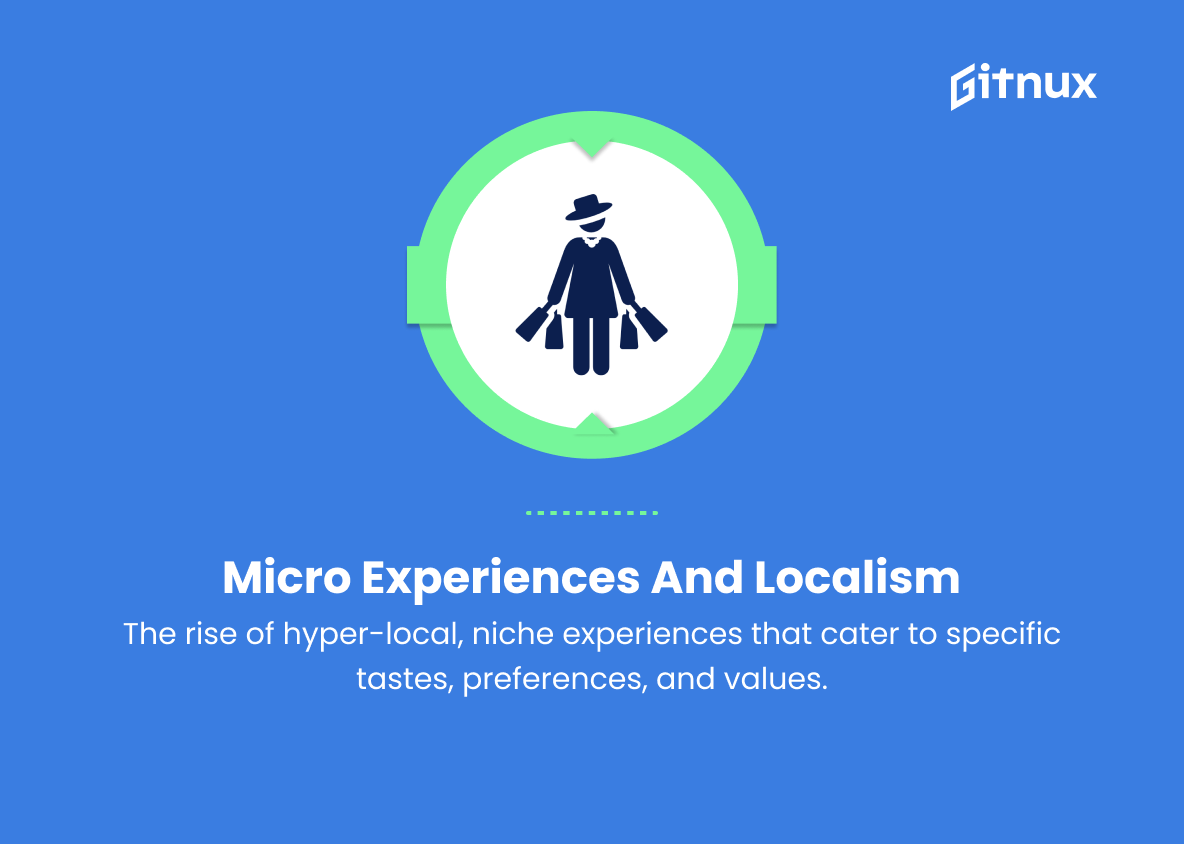As we delve into the ever-evolving landscape of the service industry, it’s crucial to keep an eye on the emerging trends shaping its future. In this insightful blog post, we will be diving into the key service industry trends that play a pivotal role in determining the success of businesses in this fast-paced sector.
From technological advancements to shifting consumer preferences, we aim to provide you with a comprehensive analysis of the driving forces behind these trends and their implications for the market’s key players. Stay tuned as we explore the fascinating world of the service industry, and together, let’s unlock the potential for innovation, growth, and long-lasting success.
Top Service Industry Trends
1. Remote work
An increasing number of people are embracing remote working, leading to more demand for virtual services and a rise in remote job opportunities.
2. Customization and personalization
Customers now expect highly-tailored, personalized experiences from businesses, driving the need for new technologies to support these demands.
3. Integration of artificial intelligence
AI technologies are now being adopted across the service industry to streamline operations, identify patterns and trends, and better understand customer needs.
4. Gig economy expansion
The gig economy is growing rapidly, providing flexible working opportunities for people in the service industry and allowing businesses to tap into an on-demand workforce.
5. Sustainability and eco-friendliness
There is a growing emphasis on sustainable practices and eco-friendliness in the service industry, leading businesses to adopt more environmentally responsible approaches.
6. Mobile-first services
With the ubiquitous use of smartphones, there’s an increasing demand for mobile-first services that cater to customers’ needs while they are on-the-go.
7. Subscription-based services
The growth of subscription-based businesses, offering customers easy access to a range of services and products for a recurring fee.
8. Omnichannel customer experiences:
The focus on creating seamless and consistent customer experiences across various channels, both online and offline.
9. Demand for on-demand services
People expect faster, more convenient services at their fingertips, driving growth in the on-demand service sector.
10. Automation and robotics
The implementation of robotic process automation (RPA) and robots to carry out tasks in the service industry, especially in areas such as food production, transportation, and warehousing.
11. Big data and analytics
Leveraging big data and analytics to gather insights for more informed decision-making and better service optimization.
12. Augmented and virtual reality
Incorporating immersive technologies into the service industry to enhance customer experiences, such as in entertainment, tourism, and real estate.
13. Focus on mental health and wellness
Greater awareness of mental health leads to an increase in demand for services that support mental health, wellbeing, and stress management.
14. Empathy and emotional intelligence
As AI and automation continue to play a larger role in the service industry, businesses will seek professionals with strong emotional intelligence and empathy skills to add a human touch.
15. Micro experiences and localism
The rise of hyper-local, niche experiences that cater to specific tastes, preferences, and values, such as locally-sourced food, unique cultural experiences, or authentic connections with local communities.
Implications
The future service industry will be defined by an increased reliance on remote work, driving demand for virtual services and remote job opportunities. Customization and personalization will be key in meeting customer expectations, leading to the adoption of new technologies and the integration of AI to streamline operations and better understand customer needs. The gig economy will continue to expand, providing flexible job opportunities and an on-demand workforce, while sustainability and eco-friendliness become central to business practices.
Mobile-first services will cater to the growing use of smartphones, and subscription-based models will offer customers convenient access to products and services. Creating omnichannel customer experiences will be essential, along with meeting the rising demand for on-demand services. Automation and robotics will play a significant role in areas like food production and transportation, while big data and analytics will inform decision-making and service optimization.
Augmented and virtual reality technologies will enhance customer experiences in various sectors. Mental health and wellness will gain greater focus, and empathy and emotional intelligence will be prioritized in a world driven by AI and automation. Finally, micro experiences and localism will rise, catering to niche tastes, values, and authentic connections to local communities.
Conclusion
In summary, the service industry is undergoing a significant transformation, fuelled by technological advancements, evolving customer expectations, and an increasingly competitive landscape. To stay ahead in this dynamic and rapidly-changing environment, businesses must adopt innovative approaches, prioritize customer-centric strategies, and continuously adapt to new trends.
By doing so, they will not only remain relevant, but also enjoy a sustainable growth trajectory in the ever-expanding service industry landscape. As we continue to navigate this era of unprecedented change, it is crucial for organizations to stay informed of the latest trends and best practices to ensure long-term success and maintain a competitive edge in an increasingly globalized market.

